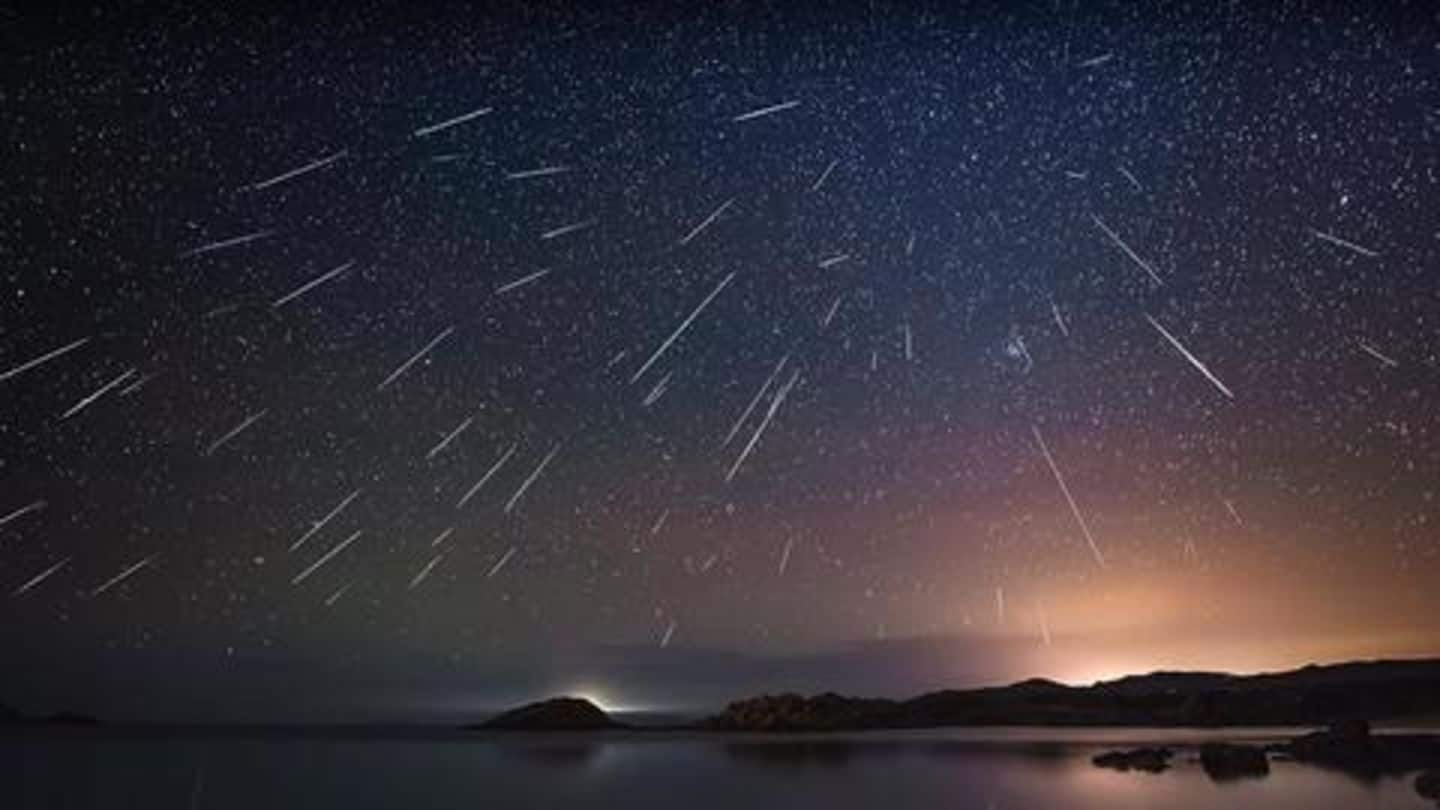
Here's how you can watch shooting stars tonight
What's the story
There's good news for stargazers today. The strongest meteor shower of the year - the Geminids - are set to light up the sky on the night of December 13, so it's a great time get out there and enjoy one of the greatest cosmic shows visible from Earth. Read on for further details.
Geminids
First, a brief introduction to the Geminids
The Geminids are an annual phenomenon, and occurs every year in December when the Earth passes through a field of dusty debris shed by a rocky object called 3200 Phaethon. While the exact nature of 3200 Phaethon is debated, the dust and debris shed by Phaethon enters the Earth's atmosphere at this time, and burns up, thus causing a flurry of "shooting stars".
Opportunity
One of the best years yet for watching the Geminids
Although in 2017, Phaethon came within 6.4 million km of the Earth, the 'supermoon' last year made it difficult to view and appreciate the brilliant cosmic light show. Provided that the weather remains clear, 2018 could be one of the best years to watch the Geminids. The best part? There's no need for telescopes or binoculars. The Geminids are visible to the naked eye.
Timing
The show starts at 9pm
Once night settles in, Phaethon's debris trail will be visible from as early as 9pm on December 13, and will continue through the night. The meteor shower will peak after midnight (around 2am), when over 100 shooting stars can be seen per hour. The meteor shower is best visible from the Northern hemisphere, so that's great news for us Indians.
Viewing
How to watch the Geminid meteor shower
To catch the Geminids, head out at night to the darkest place you can find. The best places to watch the shower would be from locations that have minimal light and air pollution i.e. away from cities. Once there, do not stare at phone screens and bright lights, and give your eyes around 30 minutes to adjust to the dark. Then, enjoy the spectacular show.